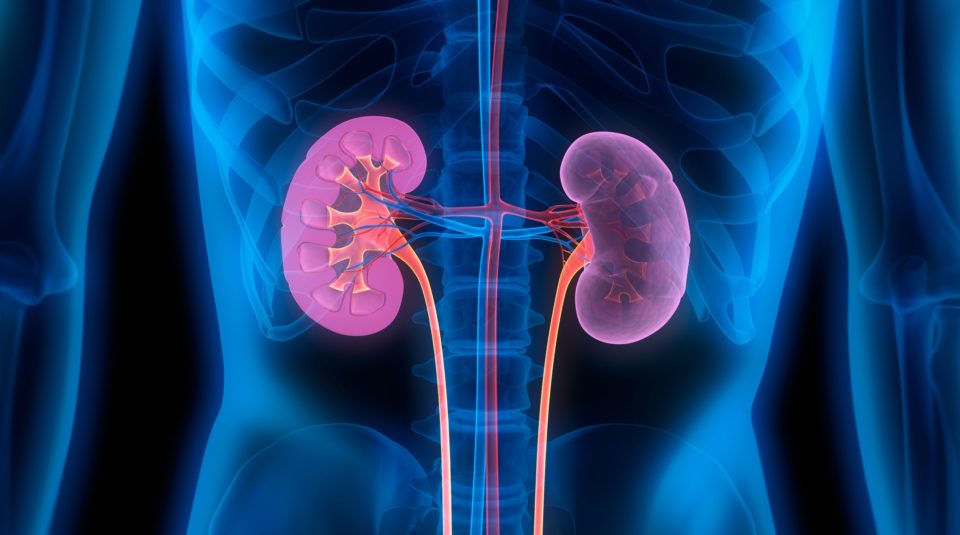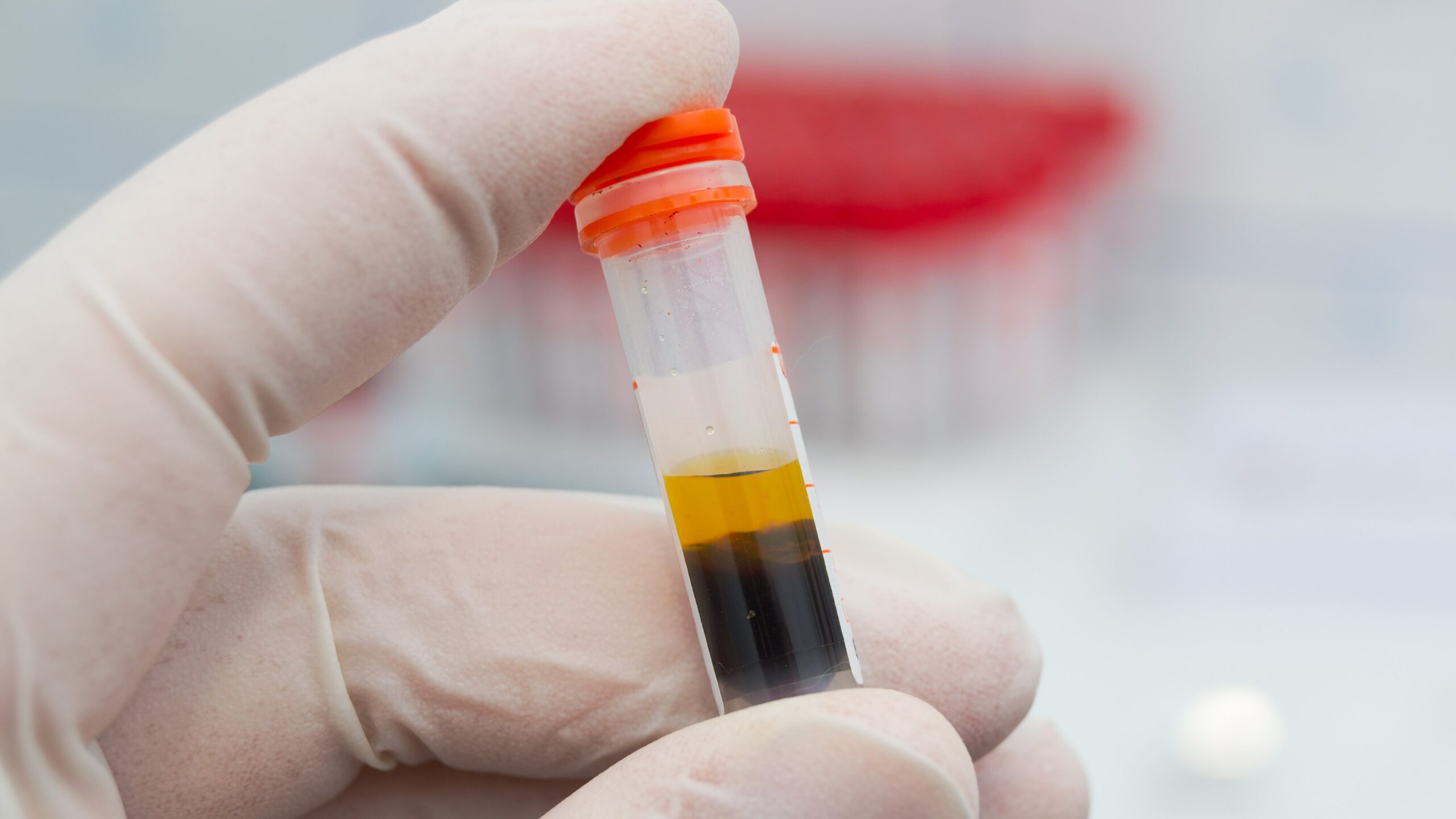
Patients with autosomal dominant polycystic kidney disease (ADPKD) commonly experience pain. According to Patrizia Natale, PhD, and colleagues, previous studies have assessed and reported ADPKD-associated pain inconsistently, and the validity of measures of pain in that patient population are uncertain. The researchers conducted a study to identify the characteristics, content, and psychometric properties of measures of pain used in ADPKD. Results were reported online in PLOS One [doi.org/10/1371/journal.pone.0252479].
The researchers conducted a systematic review of all trials and observational studies on pain in people with ADPKD. Items from all measures were categorized into content and measurement dimensions of pain; the general characteristics and psychometric properties of all measures were examined.
The review yielded 118 eligible studies. From those 118 studies, there were 26 measures of pain in ADPKD; 12 were developed for a non-ADPKD population, one for chronic kidney disease, two for polycystic liver disease, and 11 specifically for ADPKD.
A total of ten anatomical sites were included; the most common was lower back. There were four measurement dimensions (intensity, frequency, temporality, and sensory), and two pain types (nociceptive, including visceral and somatic, and neuropathic). Of the 12 impact dimensions, the most frequent was work.
The studies reported variable validation data for the measures, and only the APDKD Impact Scale reported all psychometric domains. The measures for pain in ADPKD varied in content and length, and most had not been validated in ADPKD.
“A standardized psychometrically robust measure that captures patient-important dimensions of pain is needed to evaluate and manage this debilitating complication of ADPKD,” the researchers said.







 © 2025 Mashup Media, LLC, a Formedics Property. All Rights Reserved.
© 2025 Mashup Media, LLC, a Formedics Property. All Rights Reserved.